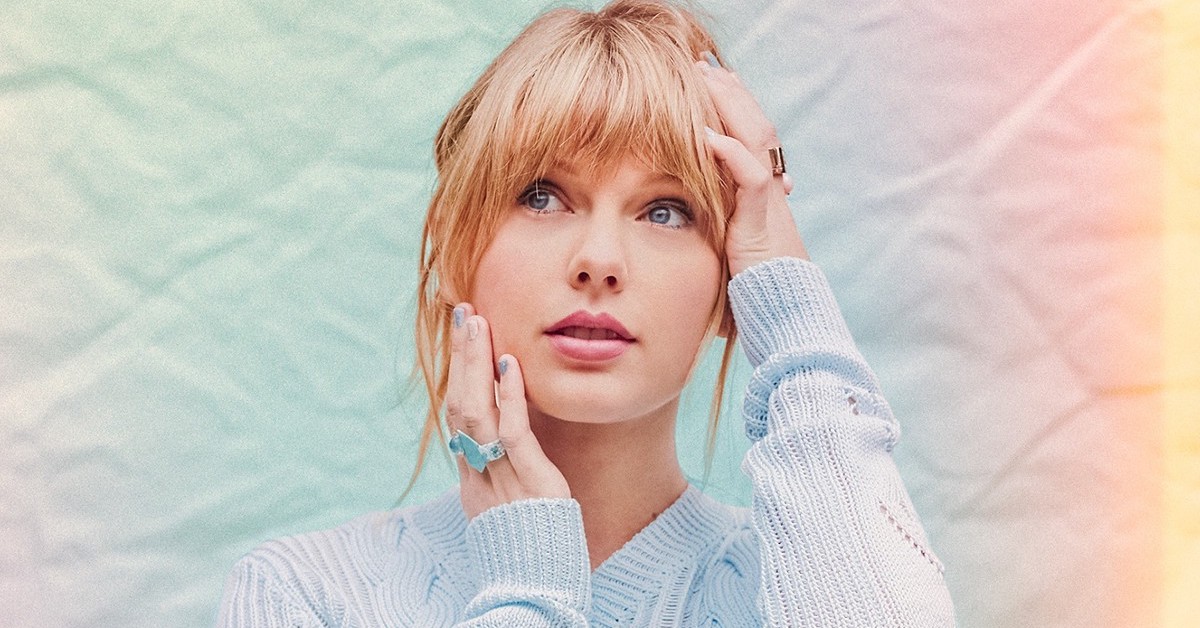Vocal Range: A2 – G5 – D6 (3 octaves and a perfect fourth)[1]https://therangeplanet.proboards.com/thread/207/taylor-swift
Vocal Fach: Light-Lyric Soprano / Soubrette
Longest Note: 15 Seconds
Vocal Rating: Singer-Songwriter
Analysis: A singer-songwriter-Esque voice that has blossomed into a versatile instrument since her youth. While she is not a vocal technician like some of her peers, Swift has learned how to show her voice in its best light in recent years which augments rather than hinders her lyricism. In doing so, she has earned a better reputation as a vocalist than what public perception might suggest. Swift has developed a stronger sense of intonation and tone manipulation in studio recordings, which shows an improved understanding of her voice and how to utilize it.
Swift’s voice overall has a pleasant timbre that is very sweet and gentle. In her youth as a Country artist, she would sing with a nasally twang that occasionally overwhelmed other qualities in her sound. One can see how she has rectified this issue by comparing her vocals in the studio recordings of “Love Story” from 2008 and 2021 respectively.
Swift can convey different emotions by lightly experimenting with rhythmic figures and articulation to match the moods of her songs. She also has the ability to hold notes for long periods of time with good stamina and no wavering in pitch, and pluck between head voice and chest voice very easily. That being said, one of the most notable drawbacks of her voice is her lack of an even vibrato, which suggests some degree of tension that prevents even oscillations in pitch or volume.
Perhaps the highlight of her voice is the dark lower register that Swift finds herself generally comfortable in, especially recently (“Champagne Problems”). As she ascends, her voice becomes more feminine and “peppy,” with a slight, sharp edge. Her tessitura is relatively low for a soprano, settling around the B4-D5 range. This supports her classification as a Soubrette, a light soprano voice with a relatively low tessitura. While her lower register has historically had a tendency to become airy below E3, this area has grown dramatically over the course of her most recent studio outputs in 2020, as she can reliably reach down to C3.
Her live performances have been previously panned for being “pitchy” and/or off-key, but when her body movements are limited, these issues are mitigated, albeit not completely remedied. When Swift decides to showcase her voice in a singer-songwriter light instead of as a pop star – reaching for notes above her tessitura alongside dance routines – her voice shines beyond its earlier reputation. As a consequence of this, however, she does rely heavily on her head voice for most notes in the 5th octave when she could otherwise experiment with different ways to handle those passages.
Overall, Swift is an artist who despite initially put her vocals on the backburner, has since put in the time and energy into better developing her vocal potential. While she still has room to grow, she should be commended for her growth thus far.
What do you think of Taylor Swift’s voice? Would you add anything to our analysis? Let us know by commenting below!
Taylor Swift’s vocal range is approximately three octaves, spanning A2 – G5 – D6.
Taylor Swift is undoubtedly a soprano, either a light lyric soprano or a soubrette. Because her voice is not very agile nor large, and she has a relatively low tessitura for a soprano, Swift should likely be considered a soubrette.
Yes, Swift is either a light lyric soprano or a type of soprano known as a soubrette. Because her voice is not very agile nor large, and she has a relatively low tessitura for a soprano, Swift should likely be considered a soubrette.
This article was initially published on February 22, 2021. It was last updated on February 25th, 2022.
References




